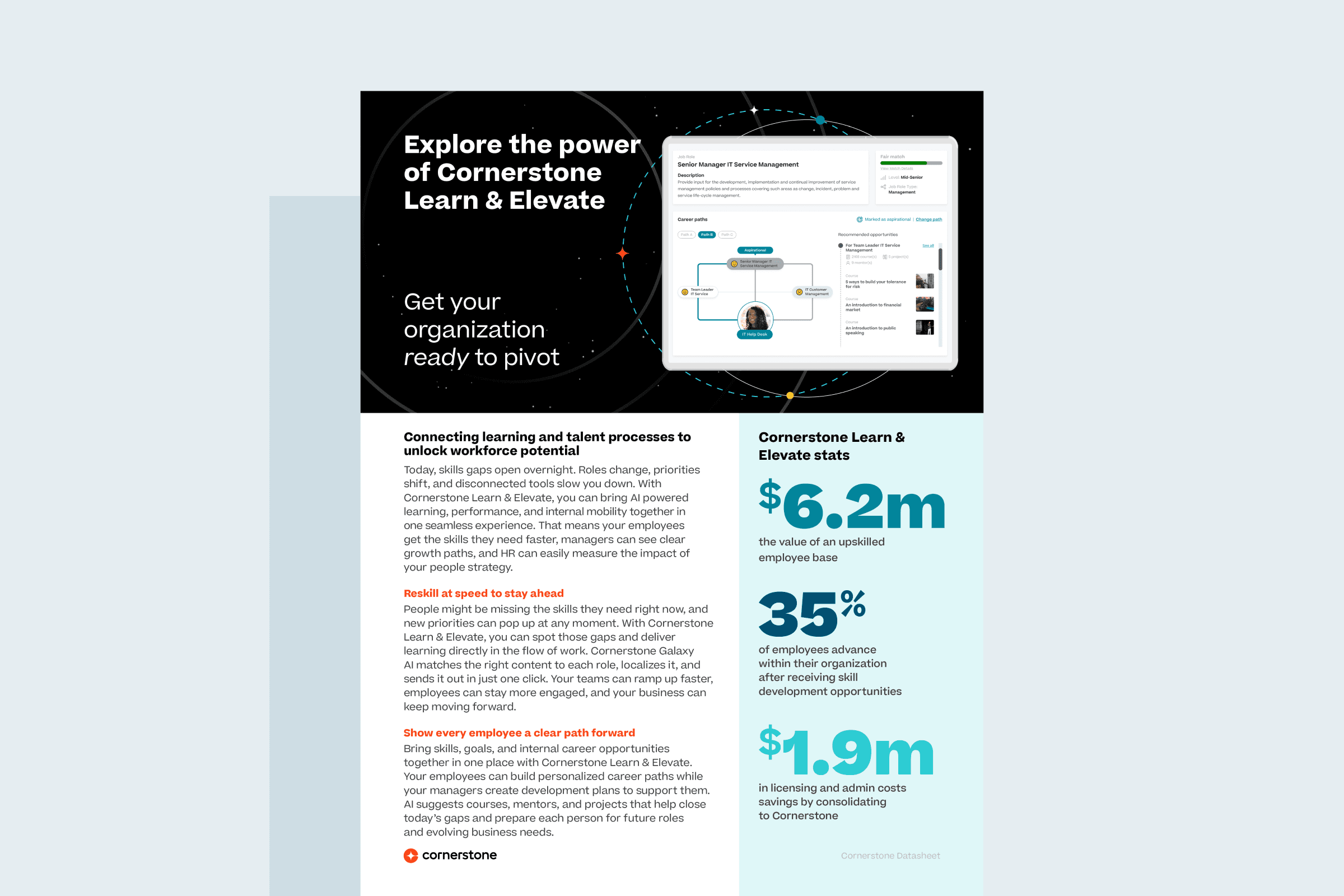Despite the staggering increase in layoffs over the past couple of months, some companies are still hiring. Amazon, for example, has hired more than 100,000 employees in four weeks and has plans to hire 75,000 more. In addition to increased demand for essential workers, like warehouse employees, pharmacy and grocery store workers and healthcare providers, there are several other industries adding to their ranks, from video conferencing and cybersecurity companies to video streaming and online gaming providers.
But how, exactly, are businesses going about hiring when people can’t come in for interviews? Even those who aren’t currently hiring—but hope to a few weeks or months from now—will need to rethink the process. Here are the steps several companies are taking, as well as a few important reminders to consider.
1) Prioritizing Video for Interviews
We conduct face-to-face interviews because that’s how we’ve always done it, but today’s technology gives us options. For many, working from home has become the new normal—even late-night talk show hosts are broadcasting from their living rooms (albeit with professionals pulling everything together). So trust in your ability to successfully conduct a remote interview via Zoom or other video conferencing platform. Don’t make the mistake that the Alignable CEO is making: refusing to hire until he can meet candidates in-person because of worries around cultural fit.
You can assess cultural fit by asking insightful questions about past experiences as well as hypothetical workplace situations. It’s also helpful to explain how your office or site operates and how this role adds to the team or mission—then see if candidates respond with thoughtful follow-up questions. You should also be sure to have them meet the team virtually so that everyone gains a sense of who they’d be working with. Remember that a good cultural fit does not mean you’ll be best friends with this person. It means they will thrive in your work environment. Obviously, making an offer without meeting in real life isn’t ideal, but you won’t lose out on a top candidate because you chose to wait things out indefinitely.
2) Hiring Quickly
If you’re offering essential services, you may need to hire quickly. Traditional methods, with multiple rounds of interviews and drawn-out processes, might simply take too long under the current circumstances. As a result, it’s worth reviewing your applicant path and removing any unnecessary layers for the time-being. Some companies are also turning to apps that allow candidates to record answers to interview questions so that managers can evaluate people more quickly.
Those who genuinely need to expedite the process may want to explore implementing a more radical method: hiring on a first-applied, first-hired basis. This probably won’t be the right fit for many companies (as it tends to be limited to fairly entry-level employment), but The Body Shop reduced monthly turnover by 60 percent after it introduced the concept. So it’s worth looking into, especially if you’re having trouble hiring.
If you need tech talent, you likely can’t afford to wait until governors give the green light for businesses to resume normal operations. (Not with Netflix, Facebook, Apple and Google hiring aggressively, anyway.) Luckily, as I mentioned before, you can source, screen and interview remotely. In fact, many of these jobs may end up being permanently remote positions. Challenging as it may be, you shouldn’t wait for the dust to settle—especially if you’re competing against the big players.
3) Embracing Virtual Onboarding
It’s not just getting an offer letter out there. It’s having a plan in place to get people up and running (likely from home) on Day One. The good news is that you can conduct all parts of the onboarding process—even reviewing documents—through video conferencing. (To make this possible, the government has temporarily suspended the requirement for in-person I9 verification.) But remember, it still may be awkward.
The first few days of any new job are challenging and can be a bit strange. Now, imagine starting from your living room. Not to mention potentially having kids as coworkers (while trying to make a good impression with your real ones). Make sure your new hires know you’ll be there to support them throughout the process. If you normally take new employees out to lunch on their first day, send them a gift card for takeout at a local restaurant. It’s the best you can do for now—and it’s a small gesture that shows you care.
4) Setting Proper Expectations
You’ll need to set two levels of expectation for new hires: "crazy" time and "normal" time. During "crazy" time (which, yep, this is), you should clearly answer questions like: Is it perfectly acceptable to hold a baby while on a video conference call? Do employees need to work from 8:30 to 5 or is it okay to work around family/personal schedules?
In other words, give new hires an idea of the sort of flexibility they can expect when they start—and how policies in place now might shift once employees start returning to the workplace.
You probably won’t have an exact idea of what that looks like (none of us do!), but were there certain expectations in the "before times" that will likely resume down the road? Do your best to let your new hires know now so they’re not caught off-guard later.
It may take a long time for things to return to "normal," whatever that is. Don’t put off hiring if you need to increase headcount. It can be done—even during a pandemic.


